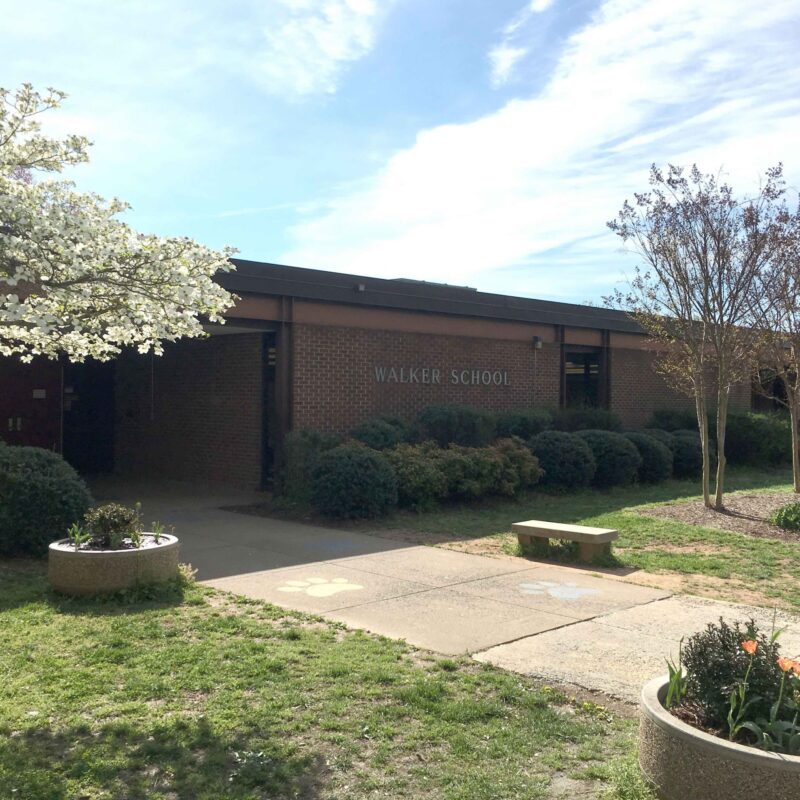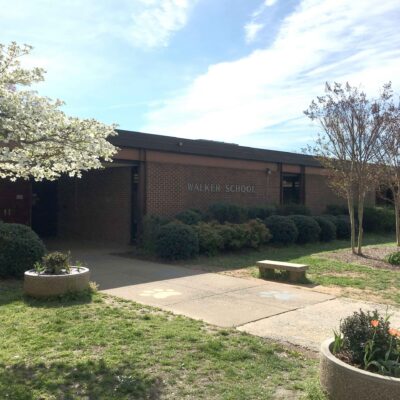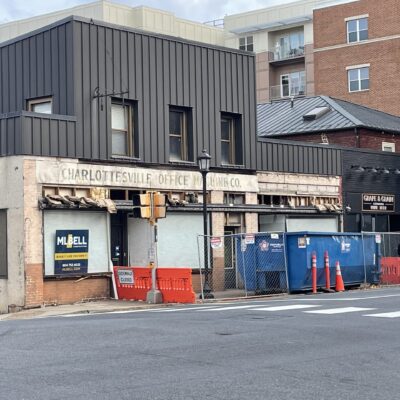Before she could renovate her newly purchased home on Park Street, Therese Elron had to win over the city Board of Architectural Review (BAR). She weathered two meetings and dozens of questions about trim, brick patterns and the width of railing.
“Are you going to paint your downspouts?” asked BAR member Bill Adams at the August 19 meeting.
“What are you, an architect?” Elron asked facetiously. “Yes, but what color would I paint them? I just haven’t thought about it.”
 The conservation districts would be a “lite” version of the ADC districts. Only demolitions and new construction would be policed by the BAR. |
In the end, the downspouts weren’t an issue, Elron was complimented for her changes after the first meeting, and her plans were approved. But the BAR approval process—required for even the smallest exterior change to a building in an architectural design control (ADC) district—can be laborious and intimidating, particularly if you’re not comfortable with the language of architects and can’t afford to hire one. A do-it-yourself renovation with Uncle Pete can turn into a baffling discussion in City Hall about the historical context of certain wood stains.
ADC districts afford the city and citizens the opportunity to review exterior changes to buildings, protecting the “fabric of the neighborhood,” as well as property values. The districts can be especially important in a college town like Charlottesville, where the pressure of the student housing market could press into single-family neighborhoods. New development is forced to blend in with existing buildings, keeping Charlottesville from becoming Anywhere, USA.
The city has recently concocted the idea of a less restrictive form of city review called “conservation districts.” The focus is on protecting the scale of the neighborhood. Conservation districts are meant for neighborhoods where residents aren’t interested in having the city oversee their painting choices, but where development pressure could change the character of the neighborhood. Only demolitions and new construction would require BAR review—not renovations. The design guidelines for new construction are only two pages long, as opposed to the thick binder of guidelines for ADC districts.
Martha Jefferson and Woolen Mills neighborhoods have both expressed strong interest in the conservation districts. Other possible neighborhoods include 10th & Page, Starr Hill, Fry’s Spring and North Belmont.
But first, the city has to approve an official ordinance for the conservation districts, and to that end, the city Planning Commission gathered on August 26 to discuss a near-final proposal.
One point the Commission chewed over was how easy or difficult it should be to demolish a building. Commissioner Michael Farruggio likes what Piedmont Housing Alliance did for 10th & Page, though the 31-unit project involved tearing down some houses as well as rehabbing others. “My fear is they won’t be allowed to be torn down, and then the people who want to revitalize that neighborhood won’t get the opportunity,” said Farruggio.”
“I think that you could make the opposite argument, that the demolitions that are allowed by right are more of a threat to a neighborhood than review of them is,” answered Mary Joy Scala, city preservation planner. “And I think that that has happened in Fifeville, for example.”
Indeed, the Fifeville and Fifth & Dice neighborhoods have seen 15 demolitions in the past two years, many of them single family housing more than 100 years old slated to be replaced with high density condo and apartment complexes to serve UVA students. But Fifeville residents were wary of any local control district when the idea was broached in 2006 and 2007, and City Council has ruled that off the table until the neighborhood asks for it.
The Planning Commission will hold a public hearing on the conservation districts October 14.
C-VILLE welcomes news tips from readers. Send them to news@c-ville.com.





